News in Brief
-
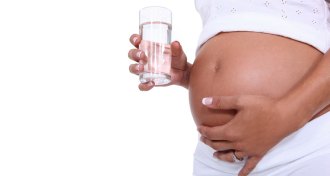 Environment
EnvironmentStillbirth rates tied to lead in drinking water
Fetal death rates rose in Washington, D.C., in parallel with two recent spikes in drinking water’s lead levels.
-
 Particle Physics
Particle PhysicsElectrons’ roundness frustrates researchers
Experiment finds no signs of asymmetry, which would point to undiscovered particles.
By Andrew Grant -

-
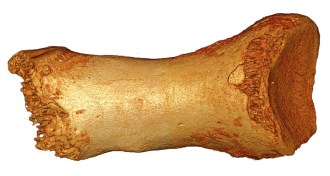 Life
LifeNeandertal genes point to interbreeding, inbreeding
DNA from 50,000 years ago underscores modest levels of mating across hominid populations.
By Bruce Bower -

-
 Chemistry
ChemistryAncient bond holds life together, literally
The chemical link between sulfur and nitrogen in animal tissues and organs may have sparked the assembly of single cells into complex animals.
By Beth Mole -
 Microbes
MicrobesVirus-thwarting mosquitoes decline on Vietnamese island
Scientists plan to release second generation of mosquitoes that stop the spread of dengue fever.
By Beth Mole -
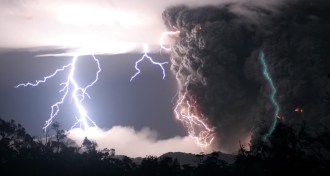 Earth
EarthGreen lightning may be caused by positive charges, or by camera lens
Physicist offers possible explanations for stunning photograph of volcanic eruption.
By Meghan Rosen -
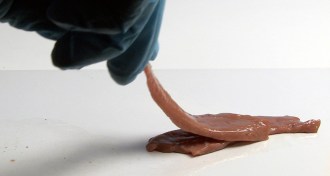 Materials Science
Materials ScienceNanoglue attaches tissues to each other
Silica particles could repair and help engineer human organs.
By Beth Mole -
 Humans
HumansFossils reveal a strong-armed, dead-end hominid
Olduvai Gorge finds suggest extinct hominid both walked and hung out in trees.
By Bruce Bower -
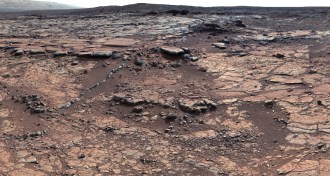 Planetary Science
Planetary ScienceMars was habitable longer, more recently than thought
Warmer, wetter conditions lasted until 3.5 billion years ago on the Red Planet.
By Andrew Grant -
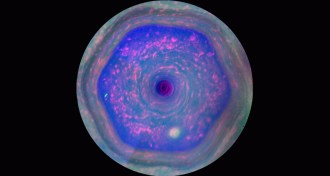 Astronomy
AstronomySaturn’s six-sided cloud pattern gets a close look
New images show particles in the planet’s hexagonally shaped jet stream.